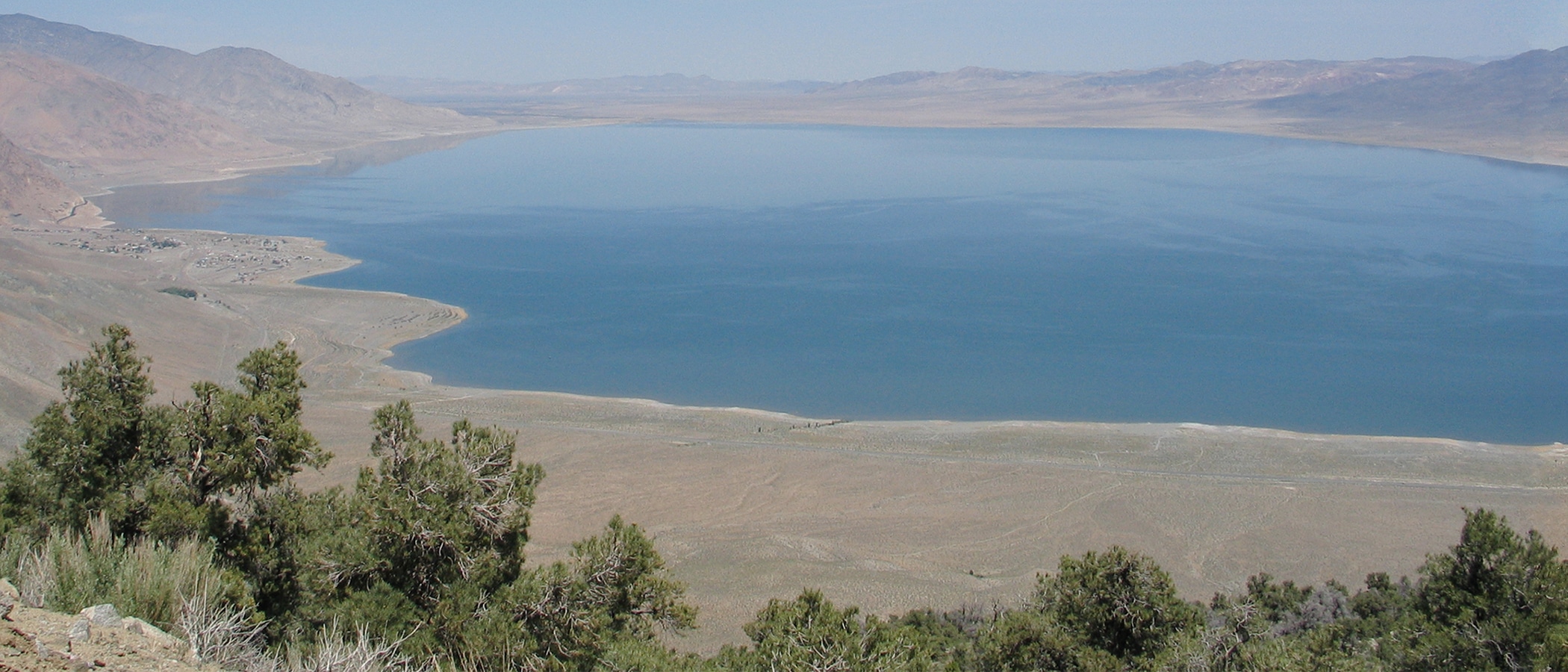
In a recent ruling, Sullivan v. Lincoln County, the Nevada Supreme Court changed the way water will be managed throughout the state.
Patrick Donnelly, Great Basin Director of the Center for Biological Diversity, wrote about the decision:
Pre-Sullivan, nearly every fight involving groundwater centered around legal questions as to the interconnectedness of ground and surface water resources, and to the State Engineer’s authority to manage such resources conjunctively… The Supreme Court gave a definitive, unquestionable answer: the state of Nevada has the authority to manage interconnected sources of water as a single source in order to protect senior water rights and wildlife. Period.. Now we can stop arguing about whether we should act to stop groundwater overappropriation; whether obviously interconnected sources of water can be manged as a single resource; now we can start moving forward with how we should act to resolve conflict between water users and with environmental values including wildlife.
Other major findings included:
- The state engineer must manage future water appropriations to protect values that are in the public interest, including wildlife.
- The best available science must guide the State Engineer’s decision-making.
The Sullivan decision will have no effect on the current Walker Lake Public Trust lawsuit currently proceeding at the Reno US District Court because that suit only deals with surface water resources.
However, a remedy requested by the plaintiffs in that case (Mineral County and the Walker Lake Working Group), would require the State of Nevada to provide both a plan for fulfilling its Public Trust duty to Walker Lake and the funding necessary to effectuate that plan.
It will be during these proceedings at the State level that the Sullivan ruling will be crucial in ensuring a fair and science-based agreement providing sufficient water to restore Walker Lake’s native fishery of Lahontan cutthroat trout and tui chub.
Top image: USGS Public Domain.
